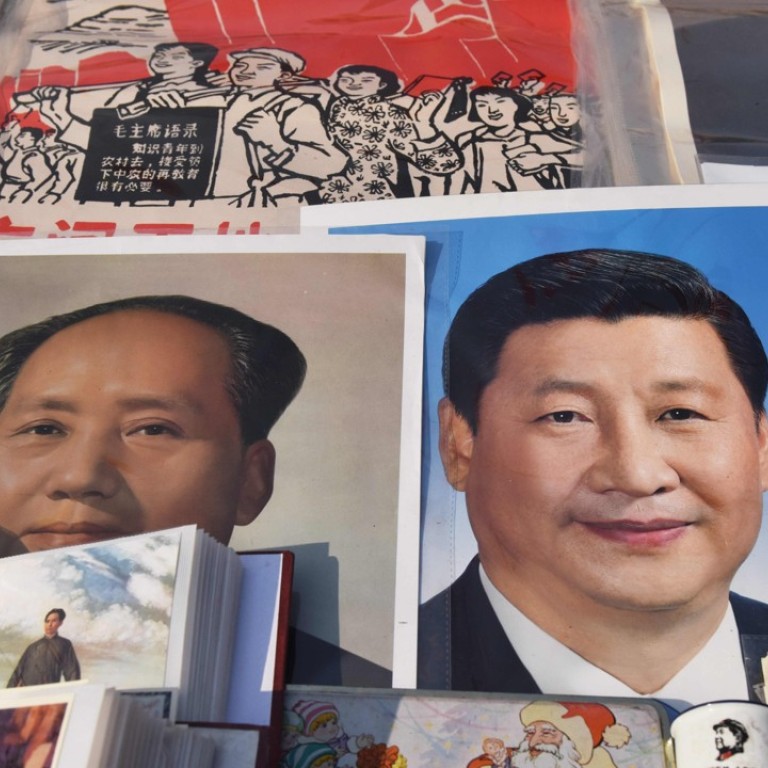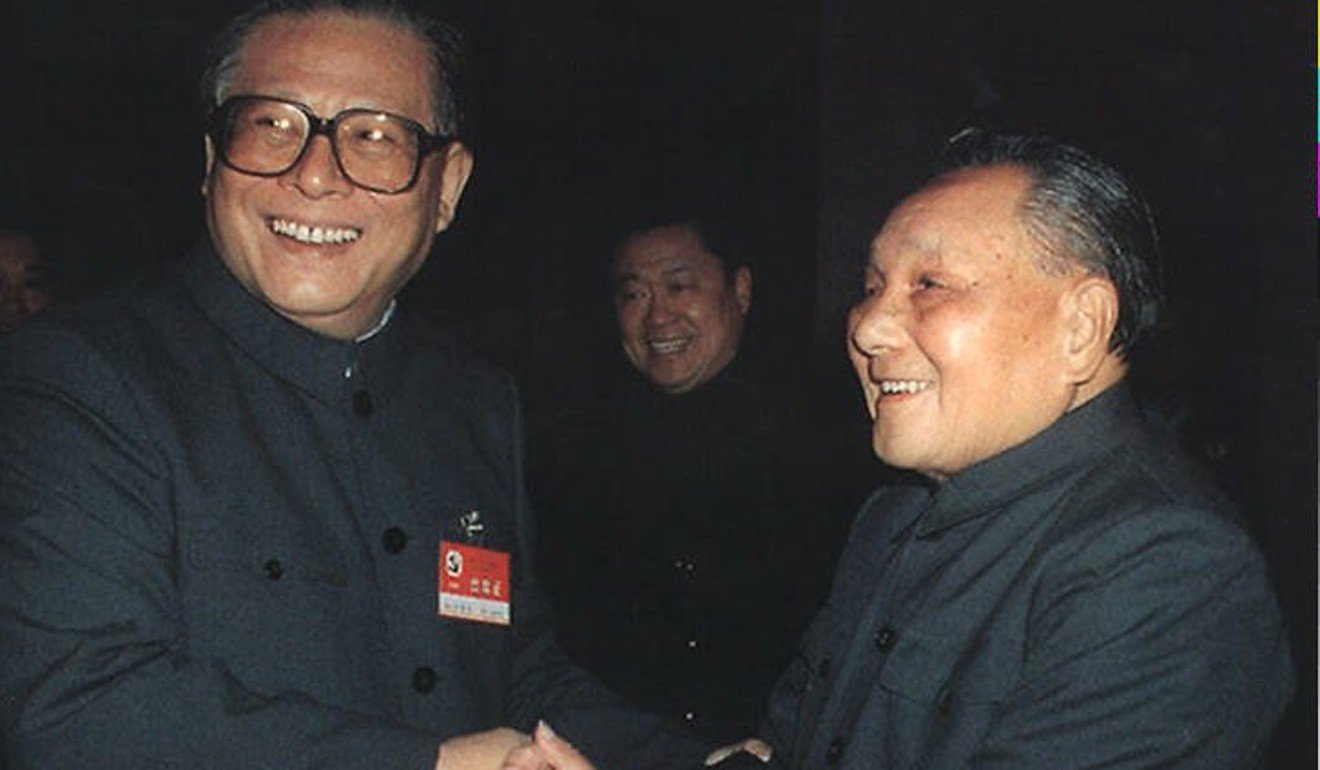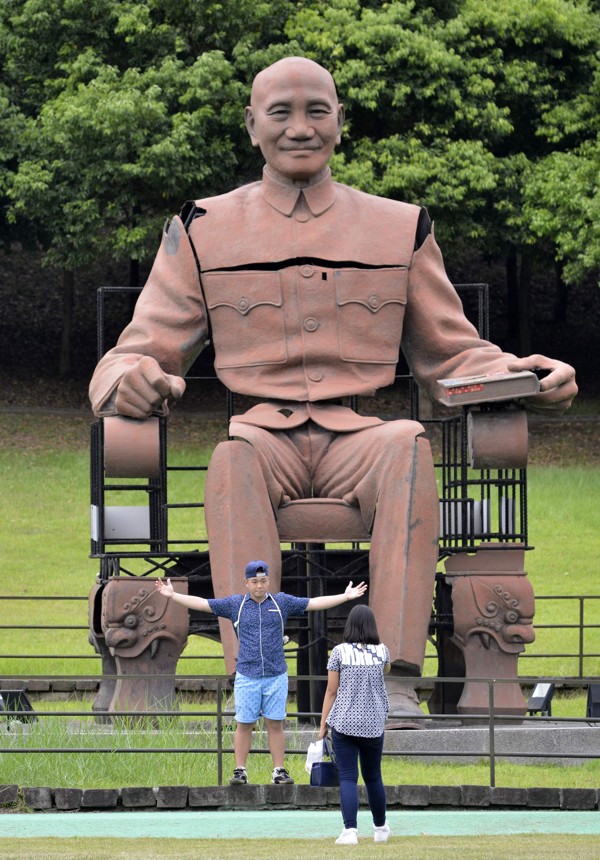
Xi’s no Mao … or Deng … or Chiang – so who is he?
The scrapping of presidential term limits in China puts a question mark over what will come next. But ignore lazy rhetoric that likens Xi to an emperor – China’s chequered history of power transitions provides few answers
So, could the old imperial system be a better precedent for Chinese rulers who go on without limits? It’s become something of a rhetorical standby to refer to Xi, Mao or any other major leader in China as an “emperor”. Again, this isn’t an accurate comparison. The emperors did not, by and large, rule through the exercise of their own personalities. True, some of the most notable emperors, such as Wudi of the Han, Wanli of the Ming, and Kangxi of the Qing, had early forms of “propaganda” that glorified their own images. But they operated in a closed court culture in which not even nominal attention was given to the wider population as the final arbiter of political virtue. (Today, even authoritarian rulers call on “the people” to validate their plans.) The emperors would not have encouraged the sort of mass politics that marked the 21st century; they would probably have been terrified by it.

However, there are other comparisons from history that one could make in terms of the tactics that different personalities have used to try to suggest indispensability. One is with Deng Xiaoping, China’s paramount leader between the late 1970s and early 1990s. Deng’s key task was to reorient China in the aftermath of the Cultural Revolution, and in doing so, he used leadership tactics that sought as strong a contrast as possible between Mao’s personality-driven style and his own more low profile one. He pushed strongly for the system of limited tenure in office, and resigned almost all of his own positions over time. Rather than putting himself forward in public, he operated through a variety of surrogates.
For China, a fine line between ‘Great Leader Xi’ and ‘Xi, the great leader’

A different tactic was used by an earlier leader, Chiang Kai-shek, who headed China’s Nationalist (Kuomintang) government on the mainland between 1928 and 1949, before losing the civil war. Chiang became the heir to Sun Yat-sen, perhaps the most respected revolutionary figure of the early 20th century in China. But his party was a seething hotbed of rivalries; most of its factional leaders more or less acknowledged Chiang as leader, but agreed on little else. Therefore, Chiang turned more than once to resignation from office as a tactic to show his value. In December 1931, as Japan occupied Manchuria, Chiang resigned and allowed a few months to pass to show that any alternative leader simply could not command political or military support.
Analysis: how Xi Jinping revived old methods by abandoning intraparty democracy
In the past century, China has not managed to find a clear way to indicate the path to a smooth transition of power. For a while, the 10-year limit seemed to be the accepted answer to a perennial issue. It will be up to the current leaders to demonstrate what will take its place, but history provides few clear answers. ■
Rana Mitter is Director of the University China Centre at the University of Oxford and author of A Bitter Revolution: China’s Struggle with the Modern World and China’s War with Japan, 1937-45: The Struggle for Survival

